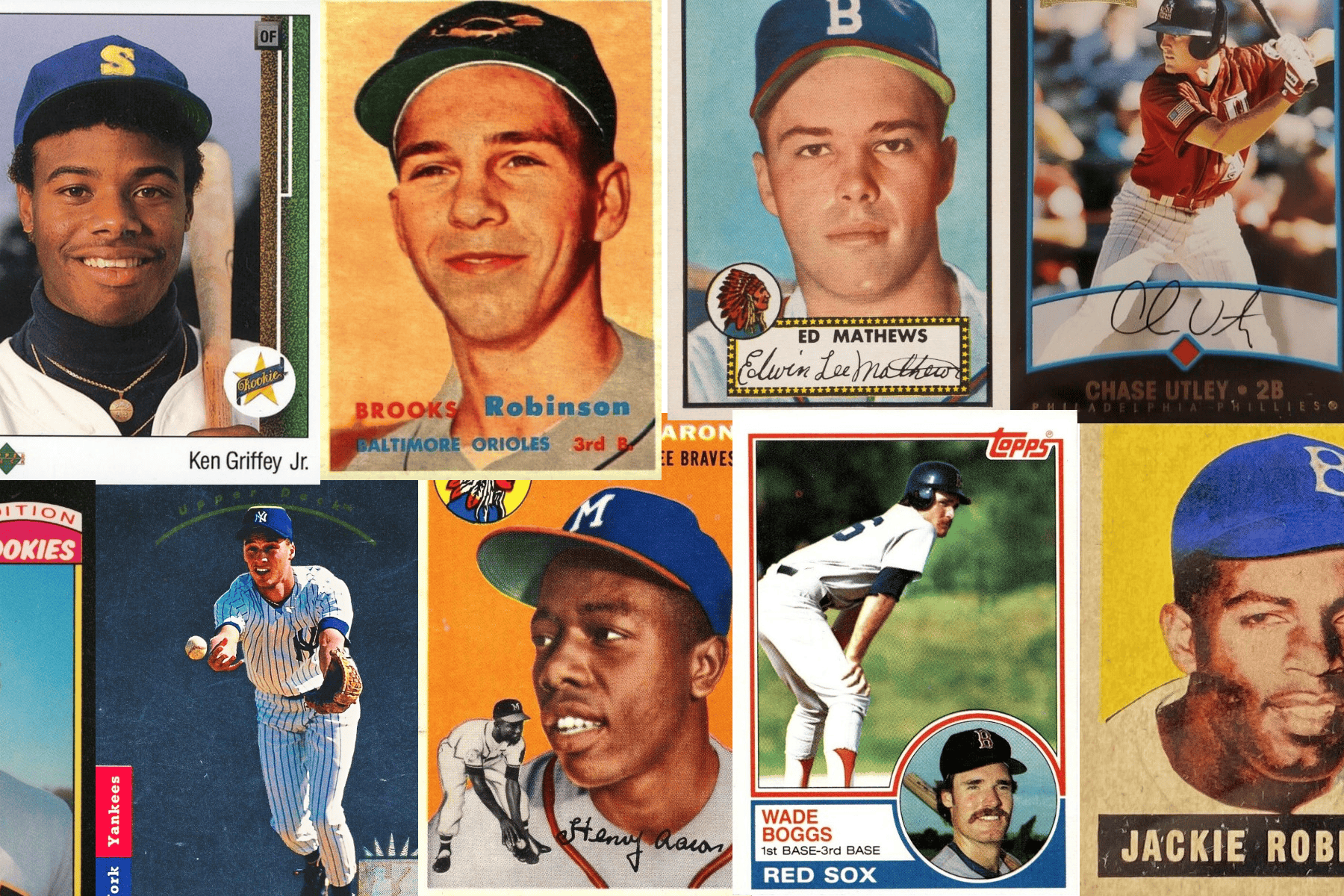For collectors, a player’s “first” baseball card can take on many meanings. Depending on the type of card, its issuing company, and its significance in the hobby, collectors may chase different versions of what they consider to be a player’s true “first.” From prospect cards to official rookie cards, the definition of a player’s debut in the hobby has evolved over time. This article explores the different types of first baseball cards, their history, and what makes them important to collectors.
Prospect Cards: A Player’s Earliest Representation
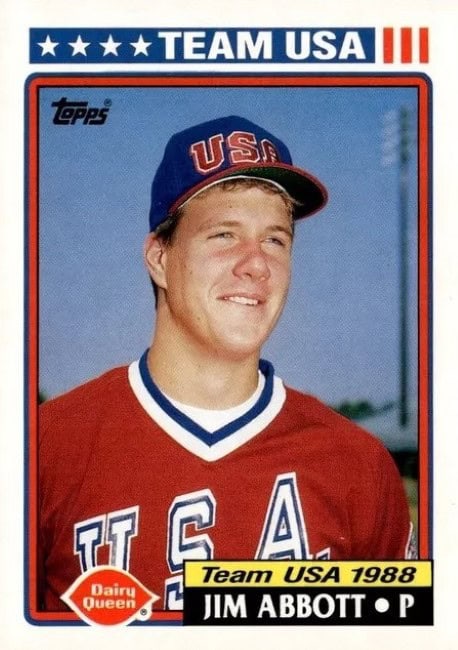
Before players ever step onto a Major League Baseball field, they often appear in sets designed to showcase up-and-coming talent. Prospect cards typically depict amateur players or minor league standouts who have yet to make their MLB debut.
Prospect cards often feature players in non-MLB uniforms, making them an early but unofficial representation of a future star. Stars & Stripes cards produced by Panini are a prominent example. They feature all amateur players for the various levels of Team USA, meaning some players may debut as early as age 15 or 16.
Another interesting aspect of prospect cards is their variance in production quality and distribution. Some prospect sets, particularly those released in the 1980s and 1990s, were produced in limited runs. This makes them harder to find today. Meanwhile, modern releases from brands like Bowman and Panini Prizm have made prospect cards a major part of the card-collecting landscape. Special parallels and autographs only increase their desirability. Collectors may debate whether a player’s prospect card should be considered more valuable than their official rookie card, but there’s no denying the historical significance of these early issues.
Minor League Cards: Pre-MLB Releases
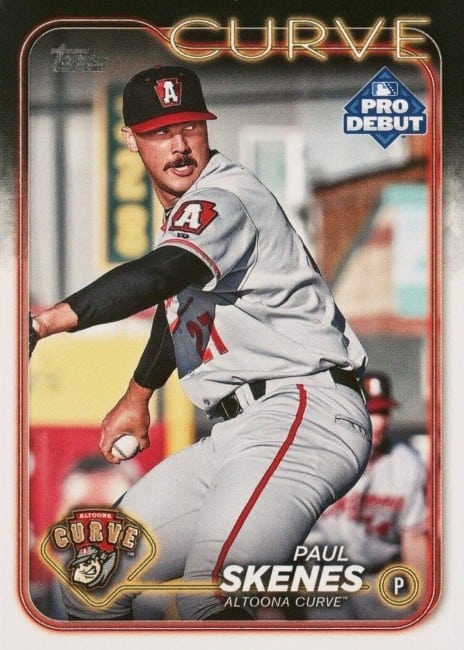
Minor league cards serve as an early glimpse into a player’s journey through the farm system. Companies such as ProCards, Star, and Classic were prominent in producing minor league sets in the 1980s and 1990s, while Topps and Panini have incorporated minor league releases into their product lines.
Though not officially considered rookie cards, minor league issues have a strong following among collectors who enjoy tracking a player’s development. Topps Pro Debut, for example, are always popular with collectors and give a high level of access to minor league players, including autographed and relic cards.
The most expensive minor league card of all time is the 1914 Baltimore News Babe Ruth. It depicts Ruth with the minor league Baltimore Orioles (not to be confused with the O’s in MLB today) as a pitcher. Only a handful of copies exist, and they cost millions. Interestingly, a company bought one of these cards and sold “shares” of it, starting at $3. That’s probably the closest anyone will come to the most famous minor league card ever.
1st Bowman Cards: The Modern Prospect Staple

For modern collectors, the first Bowman card has become one of the most important early representations of a player. Bowman, a Topps-owned brand, is known for introducing players in their farm system years before they debut in MLB.
The “1st Bowman” designation signifies a player’s first appearance in a Bowman-branded set.
Notable 1st Bowman Cards
- 2009 Bowman Chrome Mike Trout – One of the most valuable modern baseball cards of all-time, a super-refractor sold for over $4 million dollars at the height of Mike Trout’s popularity in 2020.
- 2016 Bowman Chrome Juan Soto – Soto’s card is key for collectors, and parallels like refractors and autographs are also available.
- 2023 Bowman Paul Skenes – This is a modern example of the hype surrounding a young prospect. Skenes exploded into MLB in 2024 and has a sky-high outlook for his future.
The concept of “1st Bowman” reached meta levels in 2024 with Bowman Chrome’s insert set, aptly titled “My First Bowman.” The set shows current major league stars holding up their first Bowman card. It’s a full-circle moment for the “1st Bowman” and a very cool card to put in your own collection… next to the player’s 1st Bowman.
Official Rookie Cards: The Hobby’s Gold Standard

The official “rookie card” designation has long been a defining moment in a player’s collecting journey. The modern definition, established by the MLBPA and trading card companies, requires a player to appear in an MLB uniform and be part of a base set with a recognized RC (Rookie Card) logo.
Rookie cards are a risky collectible – a collector has to gamble on the success of a young player and hope that their talent works out. In a game where only 8% of professionals make the major leagues (and a smaller percentage become stars), rookie card investing can get serious and expensive, fast.
Notable Official Rookie Cards
- 1969 Topps Reggie Jackson #260 – Jackson’s rookie is one of the most expensive of all-time, with a rare PSA 10 selling for over $1 million.
- 1989 Upper Deck Ken Griffey Jr. #1 – Griffey’s rookie is a hobby icon that helped bring a new generation of fans to baseball.
- 2001 Topps Traded Albert Pujols #T247 – Pujols had an unbelievable career and this is the card that started it all. It’s a beautiful, bright card that sells for hundreds.
The rookie card status remains a key benchmark for collectors, but its definition has evolved over time.
Rookie Card Variations
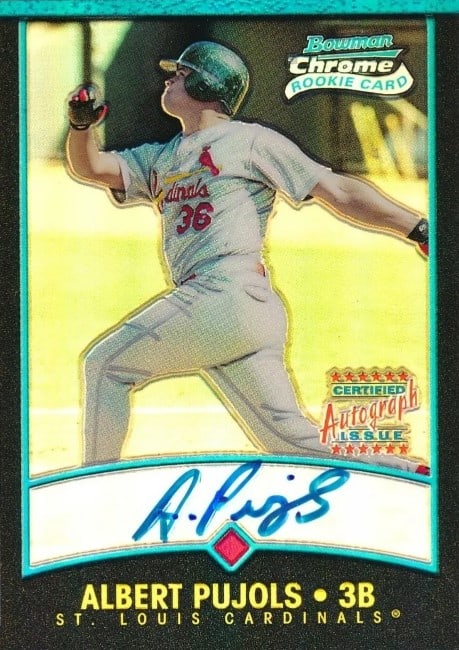
Within the rookie card genre are a plethora of additional options. Although inserts don’t qualify as rookie cards, parallels do.
Parallel rookie cards are variations of a player’s base rookie card that feature unique attributes such as different colors, foil patterns, serial numbering, or exclusive printing techniques. These parallels create additional layers of collectibility by offering scarcity and visual appeal. That means you can pursue a base rookie card, all the way up to the ultra-rare 1/1.
Rookie Cup Cards: Celebrating Young Stars
A subset of rookie cards, Topps All-Star Rookie Cup cards feature a trophy symbol on the card, signifying that the player was one of the best rookies from the previous season. This designation is awarded by Topps and has been a tradition since 1959.
Though not a player’s first card, Rookie Cup cards hold special appeal for collectors who focus on standout young stars. The important distinction is that Rookie Cup recipients were stars from their very first season. Just like you can’t redo a first season, you can’t redo a second either, so being given the Rookie Cup is an honor.
Other Interesting First Baseball Cards
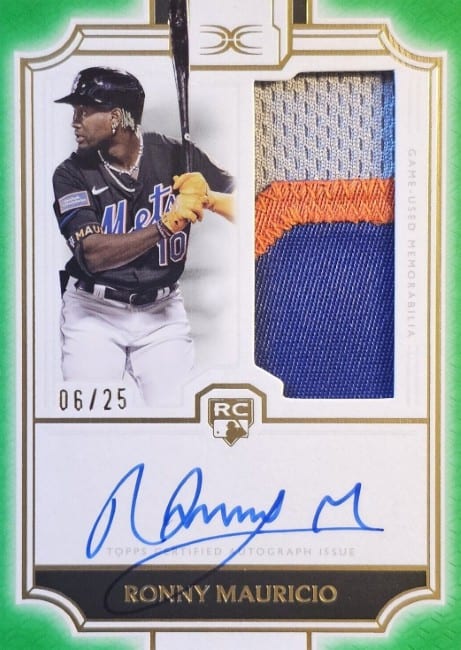
Beyond these main categories, there are other unique first baseball cards that collectors chase:
- First Topps Card – Even if a player had earlier minor league or prospect cards, their first appearance in a Topps flagship set is often significant.
- First Solo Card – Rookie cards featuring between 2-4 players were prevalent in baseball from the 1960s-1980s, and they still appear today. Some collectors consider a player’s first appearance on his own as his rookie card.
- RPA Card – These are rookie-patch autographs. While not a real rookie, tthey’re still very valuable for prospect collectors who get an early card, plus a signature and relic, in one.
- First Autographed Card – The earliest certified autograph of a player can be highly valuable.
- First Relic Card – Cards containing game-used material, such as jerseys or bats, add another layer of collectibility.
- First Digital Card – With the rise of NFTs and digital collectibles, a player’s first appearance in the digital space is gaining interest.
Conclusion
The concept of a player’s “first” baseball card is not always clear-cut. Different categories appeal to different segments of the hobby. Whether it’s a prospect card, minor league issue, 1st Bowman, official rookie card, or another first appearance, collectors have many ways to celebrate a player’s earliest representation in the hobby. Understanding these categories helps collectors make informed decisions about which “first” best suits their collecting style.
